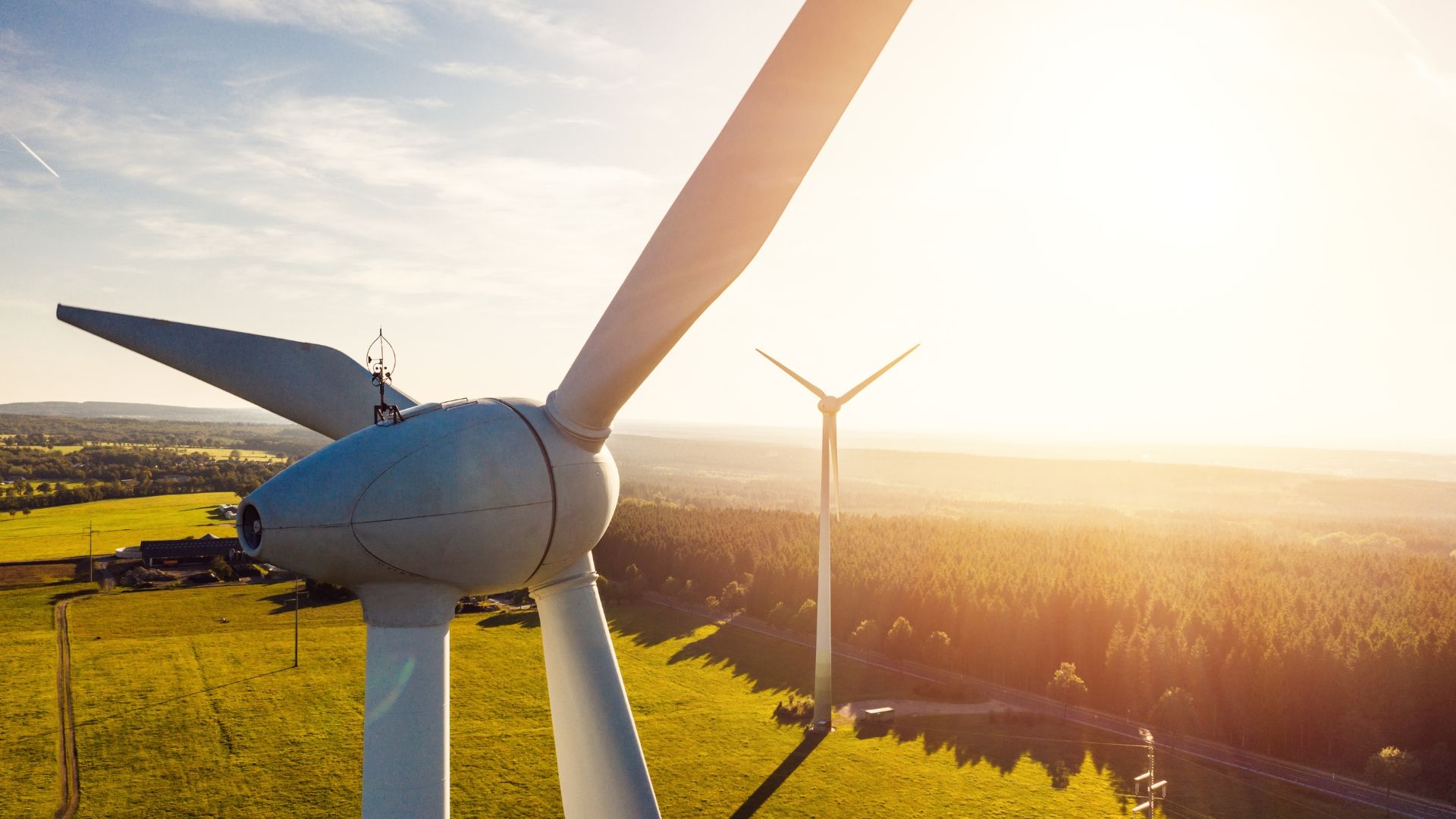The renewable energy sector in Australia has evolved from a policy aspiration into a foundational element of infrastructure and investment planning. Today, however, the boundaries of the transition extend well beyond electricity. A broader shift is underway—one that includes how we design supply chains, manufacture materials, and manage industrial systems.
Australia’s growing role in this global context is shaped by a convergence of factors: strategic infrastructure investment, emerging commercial models, and the alignment of corporate and policy priorities with lower-impact operations. Increasingly, organisations are making structural decisions based on the long-term viability of lower-carbon, resource-efficient solutions. This is not a hypothetical future—it’s a visible shift in how capital is deployed, how partnerships are formed, and how projects are assessed.
Energy Integration Is Becoming the Priority
Australia’s renewable generation capacity—particularly in solar and wind—continues to expand, but momentum is now shifting toward system-wide integration. The challenges are no longer just technical; they are economic and operational, requiring more coordinated planning across transmission, storage, and market mechanisms.
Initiatives such as the Rewiring the Nation program represent a significant commitment to addressing these structural constraints, opening up Renewable Energy Zones and enabling more effective regional balancing. Meanwhile, grid-scale storage is now increasingly being considered in both project design and investment planning—not as an add-on, but as a core enabler of reliability.
Globally, similar dynamics are visible. Markets are recognising that renewable expansion without integration delivers diminishing returns. This places emphasis not just on new build, but on the frameworks—regulatory, financial, and physical—that allow distributed and variable energy sources to operate with stability.
Industrial Decarbonisation Is Entering a Commercial Phase
Beyond the power sector, attention is turning toward how emissions-intensive industries can evolve. Recent developments in low-impact manufacturing, process reconfiguration, and circular production models are signalling a shift from concept to implementation.
In Australia, several early projects are demonstrating how emissions and process by-products can be redirected into useful inputs—either by substitution, conversion, or integration into new product streams. This kind of transformation aligns with broader efforts globally to reduce the embodied emissions of construction, manufacturing, and resource processing.
The value here is dual: it mitigates emissions while creating economically viable pathways for industrial participation in the transition. For a country with a deep industrial base and abundant mineral resources, this evolution has strategic implications well beyond compliance.
Corporate Engagement Is Becoming Multi-Dimensional
Where corporate renewable procurement once centred on long-term energy agreements, today’s buyers are asking more complex questions. The focus is expanding to include traceability, emissions accounting, and resilience. In some cases, energy strategy is being embedded within broader organisational change—including electrification of operations, distributed generation, and material efficiency.
Australian organisations are increasingly treating these decisions as integrated business moves—not standalone CSR exercises. At the same time, international shifts in disclosure requirements and ESG expectations are influencing procurement standards across energy, infrastructure, and supply chains.
For developers, advisors, and capital providers, this signals a need to offer more holistic solutions—ones that address technical performance, compliance alignment, and commercial durability. Relationships are becoming longer-term and more collaborative, often tied to measurable operational improvements.
Circularity and Resilience as Operating Principles
Recent global disruptions—ranging from weather extremes to material shortages—have reinforced the value of resilient, circular systems. In Australia, this is translating into interest in localised supply models, modular infrastructure, and materials strategies designed to minimise waste and dependency.
These shifts are not always framed as environmental. In many cases, they are justified on the basis of risk, cost certainty, or supply continuity. But the net result is often greater sustainability—achieved through practical, systems-based design.
As investors evaluate opportunities, the ability to demonstrate long-term viability—underpinned by efficient use of resources and adaptable operating models—is becoming a differentiator. The focus is increasingly on businesses and assets that can absorb shocks, manage complexity, and continue to operate under changing market and climate conditions.
Looking Ahead
Australia’s position in the sustainable transition is not static—it is expanding and deepening. As expectations evolve globally, and as domestic capabilities mature, the country is likely to play a more prominent role in shaping the technologies, processes, and commercial models that define the next phase of decarbonisation.
Crucially, the transition is not only about clean energy. It is about how systems interact—across sectors, across timeframes, and across borders. And it is about embedding lower-impact thinking into everything from procurement frameworks to industrial design.
For corporate leaders, consultants, and investors, the opportunity now lies in building strategies that are integrated, not isolated—grounded in execution as much as vision.
Disclaimer
The views expressed in this article are the author’s own and do not represent the views of any current or former employer or affiliated organisation. This piece is based on publicly available industry information and does not reference or disclose any confidential or proprietary material.
About the Author
Alex Vardanega is a Mechanical and Mechatronic Engineer with a background in hands-on project delivery, fabrication, and site work. He focuses on turning sustainability-focused technologies into real-world solutions. His experience spans concept development through to commissioning, alongside procurement, scheduling, and stakeholder engagement. Passionate about the role of engineering in driving environmental change, he’s especially interested in how technical systems can help reshape industrial processes, infrastructure, and supply chains for a lower-impact future. He writes with a practical, execution-first lens grounded in real project experience.
If you have further questions, would like to speak with the author or other similar experts please get in touch.
